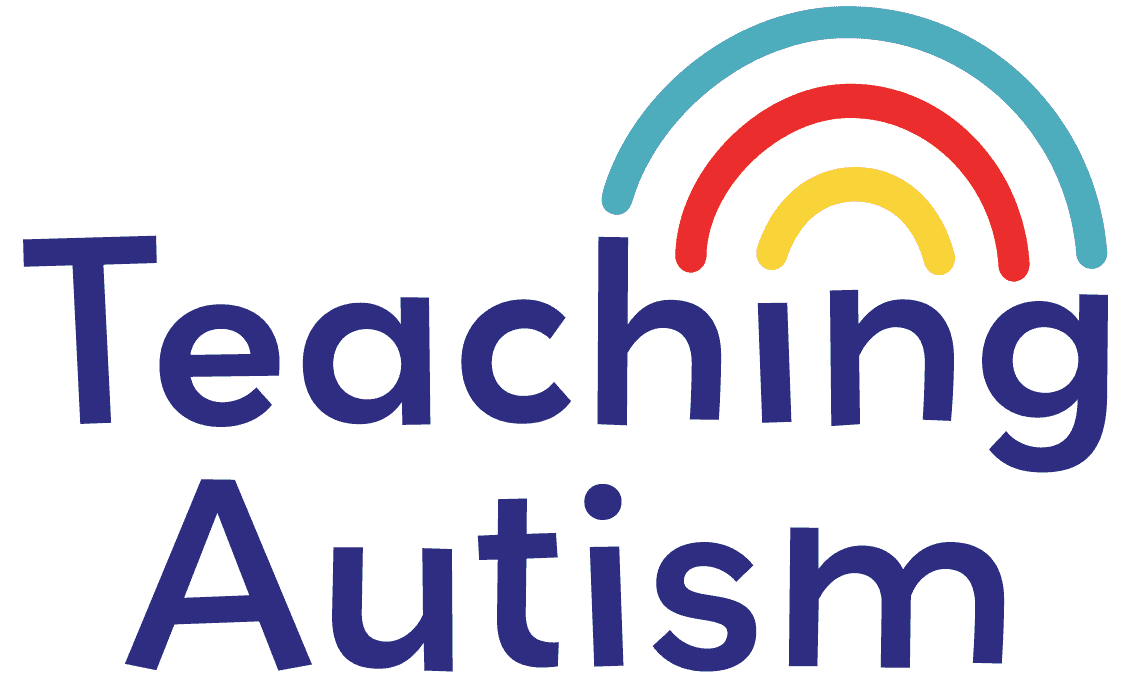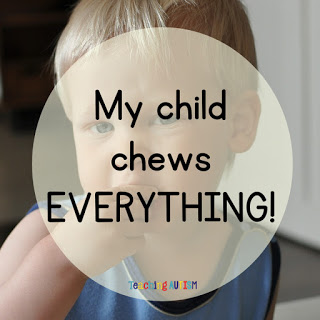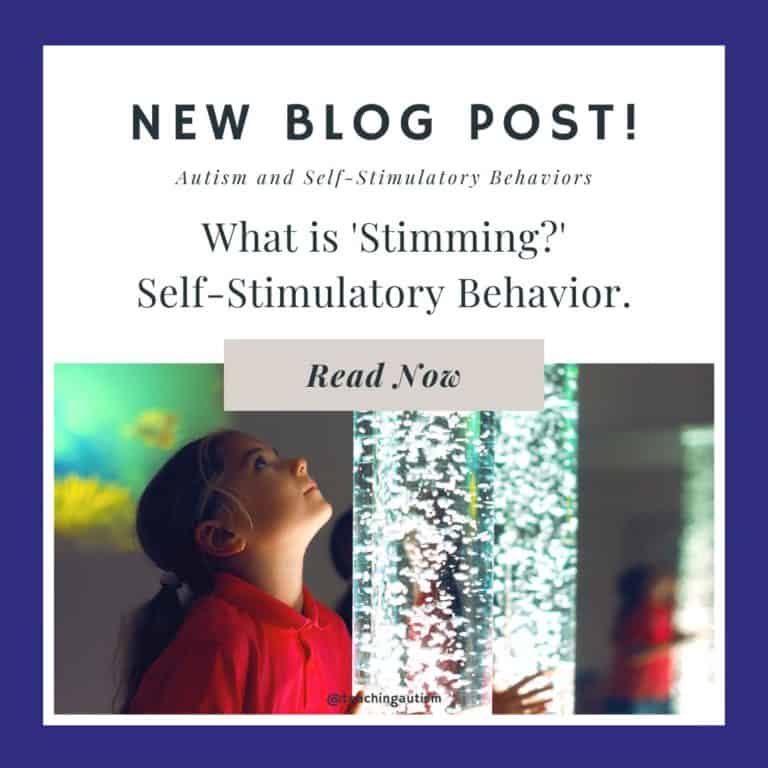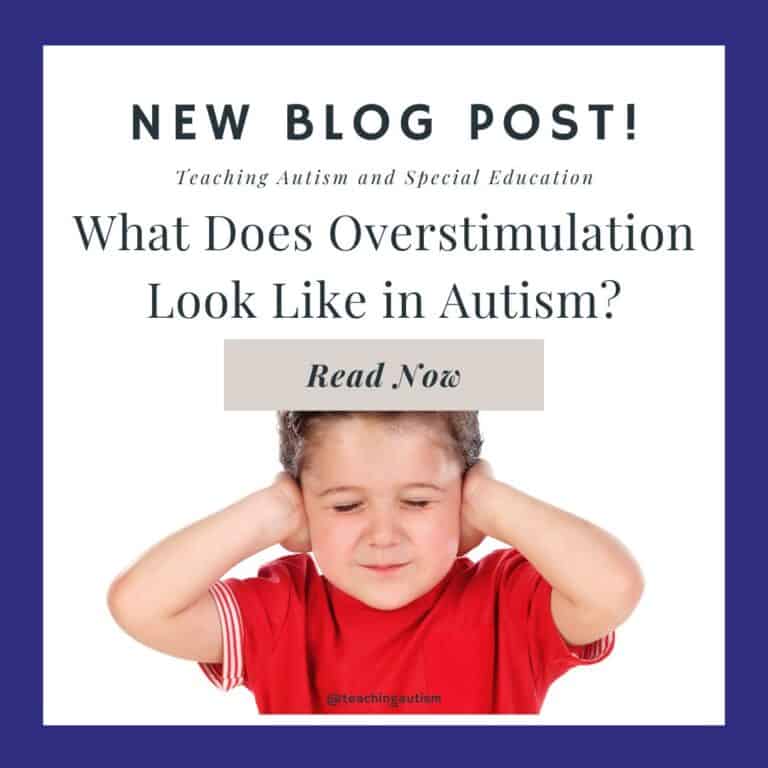5 Days to a Calmer Classroom
I’m so excited to write this 5 days to a calmer classroom blog post for you! I get a lot of questions asking about how to help students regulate, manage their behavior and how to do all of this in a classroom set up. So I decided to put together a quick and easy 5 days to a calmer classroom blog post that’s filled with quick, actionable tips that you can put in your classroom today.. That comes from someone who has already successfully used these tips into a classroom.
If you’ve ever felt like your classroom is teetering on chaos, you are so not alone. Between sensory needs, behavior challenges, and the never-ending daily transitions, it can feel like calm is a mythical unicorn we’re all chasing. But what if you could take just one small step each day for five days, and start to actually feel that calm?
Welcome to the 5 Days to a Calmer Classroom series. This isn’t about perfection. It’s about practical, real-life strategies that work in special ed classrooms with real students, real stress, and real schedules. Let’s dive in!
This blog post may contain affiliate links. This means that if you purchase an item through my affiliate link, I may receive a % of commission at no extra cost to you. This helps support me, my family and my blog to bring you great content for free!
Day 1: Create Predictability with Visual Schedules
Calm starts with clarity.
Many students in special education thrive on routine. Let’s be honest, the majority of the population thrive on routine. Visual schedules reduce anxiety, prep students for transitions, and boost independence.
What to do:
- Create a full-day visual schedule with clear, simple icons.
- Post it at student eye level.
- Walk through it each morning so students know what’s coming.
- Include transition cues like “First/Then” cards, timers, or countdown visuals.
Bonus tip: Use mini individual schedules for students who need more specific structure. These can be on desks, clipped to lanyards, or even laminated for velcro matching.
Recommended Resource: My Visual Schedule Pack includes whole-day cards, mini schedules, working for visuals, First/Then supports and so much more.
Day 2: Build a Calm-Down Corner
When emotions run high, students need a safe place to decompress.
What to include:
- A small cozy space with soft lighting (fairy lights, lava lamps)
- A few calm-down tools like stress balls, fidgets, or putty
- A visual feelings chart
- A social story about how and when to use the space
How to teach it:
- Practice when students are calm, not in the middle of a meltdown.
- Use modeling and role-play to reinforce expectations.
Why it works: A calm-down corner empowers students to self-regulate without needing to leave the room or escalate further.
Recommended Resource: My Calm Down Corner Starter Kit includes everything you need to set up a successful calming corner including breathing activities, adapted book, visual cards, break cards, feelings posters, calming strategies and so much more.
Day 3: Simplify Transitions with Visual and Verbal Cues
Transitions can be one of the most challenging times of the day. You’ve probably experienced the chaos that happens when centers change or it’s time to line up.
Try these transition tools:
- Visual timers (sand timers, Time Timer)
- Transition songs or short jingles
- First/Then cards
- Verbal countdowns (“In 2 minutes, we’ll clean up…”)
- Color-coded bins or visuals for each station
Routine = calm. When transitions are consistent and clearly communicated, they become smoother over time. Practice makes progress.
Recommended Resource: My Transition Toolkit comes with visual countdowns, task cues, cleanup visuals, and editable cards.
Day 4: Use Behavior Supports Proactively
We often think of behavior supports as a reactive tool, but they’re most powerful when used before the behavior happens.
Set yourself up for success:
- Use visual behavior expectations and social stories throughout the day.
- Post a classroom behavior chart with symbols.
- Pre-correct before transitions or high-energy moments (“Remember, we use walking feet in the hallway.”)
- Reinforce the behavior you do want to see with praise and tangible supports.
Classroom calm doesn’t mean no behaviors, it means you’ve got proactive systems in place to manage them.
Recommended Resource: Check out my Positive Behavior Management Stories for Special Education. This set of social narratives is designed to proactively teach appropriate behavior expectations in a neuro-affirming and accessible way. Perfect for classroom routines, problem-solving, and self-regulation.
Day 5: Create a Morning Routine That Sets the Tone
A structured, calm morning sets the pace for the rest of the day. It’s a game-changer.
Your morning routine might include:
- Visual check-in or feelings chart
- Morning tubs or task boxes for quiet arrival work
- A structured Morning Meeting with visuals and movement
- Student jobs to create ownership and predictability
Why it matters: The first 10 minutes of the day tell your students: this classroom is calm, safe, and predictable. That message sets the tone way more than anything you say.
Recommended Resources:
- Special Education Morning Work Bundle
- Free Special Ed Morning Meeting PowerPoint
- Morning Meeting in Special Education Blog Post
You Deserve Calm Too!
This isn’t just about creating calm for your students, it’s about creating it for you. When your systems are in place, your energy isn’t being drained putting out constant fires. You can actually teach, connect, and enjoy your classroom again. And the same goes for your paras too.
You don’t need to do everything at once. Choose one thing from this list to implement this week. Then come back to the next. Calm builds over time, and you’ve already taken the first step.
Helpful Links
You may also be interested in;
- Online Classroom Training
- Free Calm Down Strategies Adapted Book
- How to Create a Calm Down Corner in Your Classroom
- 5 Benefits of a Classroom Calm Down Corner
- What Does Overstimulation Look Like in Autism?
- Free Visuals to Help With Waiting
If you found this blog post helpful, please consider sharing it with your friends and colleagues on social media, it helps more teachers find support, and it means the world to me and my little family too.
And if you haven’t already, be sure to check out my Free Resource Library for tons of classroom tools, visuals, and printables to make your teaching life easier (and a whole lot more fun!).
My Autism Classroom Favorites
Click below to find my Amazon classroom favorites;
*Affiliate Disclosure: These links contain affiliate links. This means I may earn a small commission—at no extra cost to you—if you click through and make a purchase. I only recommend resources I genuinely love and think you’ll find helpful!
P.S. Have you signed up for my VIP membership yet? If not, head on over and sign up now. You’ll get access to hundreds and hundreds of resources, templates, crafts and more being uploaded every month!
Nikki








One Comment